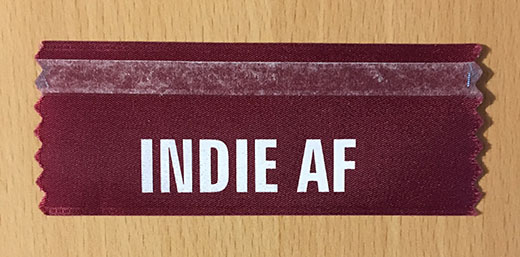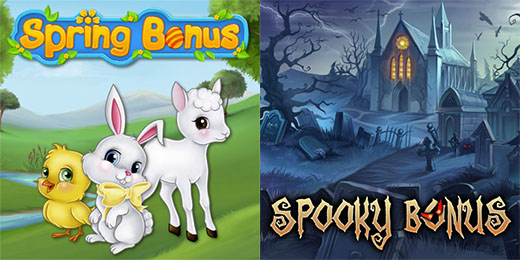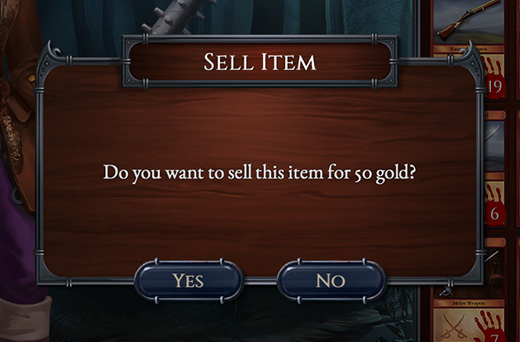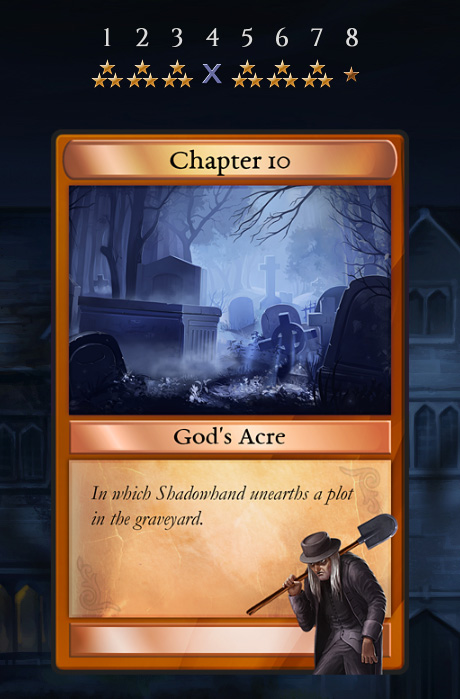My week at GDC 2018 – Part 1
Saturday, March 31st, 2018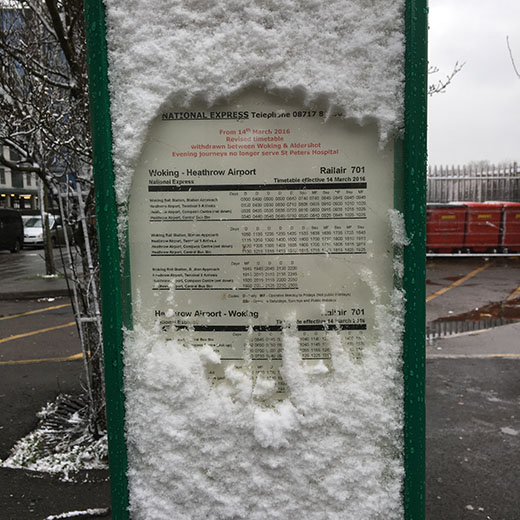 It began to snow on the day I was due to fly to GDC
It began to snow on the day I was due to fly to GDC
In this blog post I’ll talk about my 8th GDC trip, how much it cost, and why I went. In the next post I will link to some of the talks that I enjoyed.
To get to GDC I have to get a car to a train station, then a train to a bus station, then a bus to the airport, then a plane to GDC, then a BART to my hotel. It takes a *long* time and costs a lot of money and is not pleasant, so why do it do it? Because GDC is great and I have a blast which outweighs the pain. Also, bizdev etc.
How much did it cost?
– Indie Game Sumit pass = $375 (you can pay way more for other passes, or less and get an Expo pass)
– Flight from London to SFO = $910 (economy class)
– Train, Bus and BART = $140 (plus a bit of car fuel)
– Hotel (1 night solo and 4 nights shared with friend) = $1060
– Food = $175 (lots of people bought me meals so that helped with the cost)
Total = $2660 (£1900)
I only stayed from Saturday night to Thursday night this year but in other years I’ve stayed until Saturday. This was to save money because if you pick flights on certain days they cost less and other busier days cost a fortune (e.g. Sunday to Friday), and of course more days = greater hotel cost.
My company is strapped for cash this year and many people probably wouldn’t have spent the money in my financial situation, but I view it as an investment, and I have enough liquidity to make it happen, so I went.
The one big saving I could have made was to stay in a cheap hostel I guess, but at my age, that’s just not for me. I need a decent quality place to stay in, but still on a budget. So sharing with a friend in a good hotel is a nice way to achieve that. I’ve stayed in some real dives in dodgy areas in the past but I don’t want to do that any more.
Some people asked me why my wife and business partner, Helen, wasn’t there. And the answer is twofold: 1) the cost would double and we simply cannot afford that, and 2) we have two childen that need looking after for a week. Helen could go instead of me, but I basically know way more people and will get more out of it from a bizdev point of view than her, and that compounds itself every time I go of course. Helen goes to UK-based events with me instead, and sometimes to events on her own. In fact we will both be at Rezzed in April, so say “Hi!” if you see us.
What were my goals?
I am between games at the moment since the Launch of Shadowhand in December, and so I didn’t have any new games to show to press, nor any prototypes to pitch to publishers. I didn’t even have a nearly finished build to get feedback on from game dev friends, which is what I did last year with Shadowhand.
So I didn’t set up any formal meetings, but I knew there would be several events I should go to in order to chat to people who may be able to help me out financially in the next year or so. However, I did make a list of people I wanted to meet and who had expressed interest in meeting me, and I managed to meet most of them. Also, I just wanted to reconnect with existing friends and make new ones in case opportunities crop up in the future.
I often explain to people who have never gone before that you get more out of GDC the more you go. This is because you reinforce the connections you make each year and make new ones. Plus you get to know which are the talks and parties most suited to you and your objectives. Also you get to know the “lay of the land” and figure out the best places to hang out and eat, and the places to avoid.
Therefore I don’t GDC as a single event with some kind of tangible ROI because it’s more like advertising in that repeated exposure brings benefits which pan out over the long term. I’ve received invaluable advice about the market and my games, got games in two Humble Bundles (which have paid for all past GDCs), met press/streamers, met influential indies who helped me out in various ways, and just got a big inspirational boost. Plus it’s a nice “holiday” in a completely different place from Dorset (where I live), though it’s not relaxing, it’s hectic!
 Peak San Francisco: could this guy be a CEO of a tech starup?
Peak San Francisco: could this guy be a CEO of a tech starup?
Saturday
I got to the airport early because I was paranoid about snow disrupting my various transport methods, but it turned out the journey there was fine. However the flight was delayed for 2 hours due to ice on the wings and runway. The flight (British Airways airbus from Terminal 5) was fine as I had an aisle seat and no one sitting next to me – result! I watched 5 movies, had a couple of gins, was dissapointed by the tea as per usual, and didn’t sleep.
It’s a bit too expensive to get a taxi or Uber from the Airport into downtown and so I got the BART which is a noisy old train system that runs around San Francisco. It’s so noisy I have noticed locals getting on there with earplugs inserted!
I was most amused in my befuddled state to see the guy in the photo above roll onto the train with his weird skateboard thing at one of the stops. In my mind he personified San Francisco perfectly. He was a bit flustered and his trousers were hanging off his arse revealing some bright red underpants. He had three model aeroplane kits under his arm and he plonked himself down on a seat and began to scoff pistachio nuts and throw the shells on the seat beside him. There was a “no food” sign right next to him.
After he finished the nuts he had a big swig from his 500ml bottle of sprite and then broke into a large bag of gummy worms. At this point, as the woman in the background of the photo began to give him serious stinkeye, I began to theorise that he was probably a CEO of a tech start up. Eventually he got up, red arse on display again, and rolled off to his corporate headquarters.
I got to my hotel about 10pm and thought I’d probably fall asleep immediately but somehow I stayed awake until midnight on my laptop, which was good in terms of keeping me in sync with the 8 hour time difference from the UK.
Sunday
On Sunday I woke up at 6am-ish and waited until 8am when I ventured out to Starbucks over the road for breakfast. I could have got breakfast in the hotel but the buffet was $33+tax, so er yeah, no I didn’t do that.
I arranged to meet a friend (Matt Gambell, RPG Tycoon) at the mall to potentially buy some new trainers as my current ones are getting a bit old. But when I got to mall but it was closed until 11am and so I bailed on that plan and went to SF MOMA (Museum Of Modern Art), which I really like going to (this was my 3rd time).
I visited the MOMA last year and most of the exhibits have changed since then so that was pretty cool. I used to think modern art was bullshit, and to be fair, I still think some of it is. But I’ve learned to appreciate it now. I just sorta of stand there and let it wash over me and see what it makes me feel. Sometime nothing but other times it can be quite trippy especially the huge orange and blue Rothko in the museum.
After that I met some friends for lunch including Dave and Janet Gilbert from Wadget Eye Games (they make point and click adventure games). It was a quiet Chinese restaurant recommended by Ido Yehieli of Cardinal Quest fame. The portions were huge and I couldn’t finish mine.
Later in the day Ichiro Lambe from Dejobaan Games showed up at the same hotel I’m staying in and showed me the fancy hotel suite that he hired to have “relaxed chat sessions” with other developers in. I ended up going to quite of lot of the sessions during the week and they were great!
Then we hit up the hotel bar and I had a cocktail which contained strawberry and jalapeno flakes. It was awesome. So much so that I had another one later.
Brian Provinciano (Retro City Rampage) showed up at the hotel and because I was sharing a hotel room with him Ichiro and I popped up to the room to say “hi” but Brian was sorta naked in bed chilling out.
So Ichiro and I made a hasty exit and went for another Chinese meal in China town with some friends of his before ending up in the hotel bar again to greet Cliffski (Positech Games) who had just flown in. He was pissed off because he’d ordered some “chips” and got a bowl of “crisps”. A rookie mistake. Matt Gambell and a friend also turned up despite me standing him up on our mall shopping date earlier in the day.
Intending to have an early night I went back to my room but ended up talking to Brian until like 2am. It was good to see him again as we used to hang out when I lived in Vancouver and we get on well.
OK, that’s it for this blog post. In the next post I’ll talk about what I actually got up to during the week of GDC.
If you have any questions, ask away in the comments!
